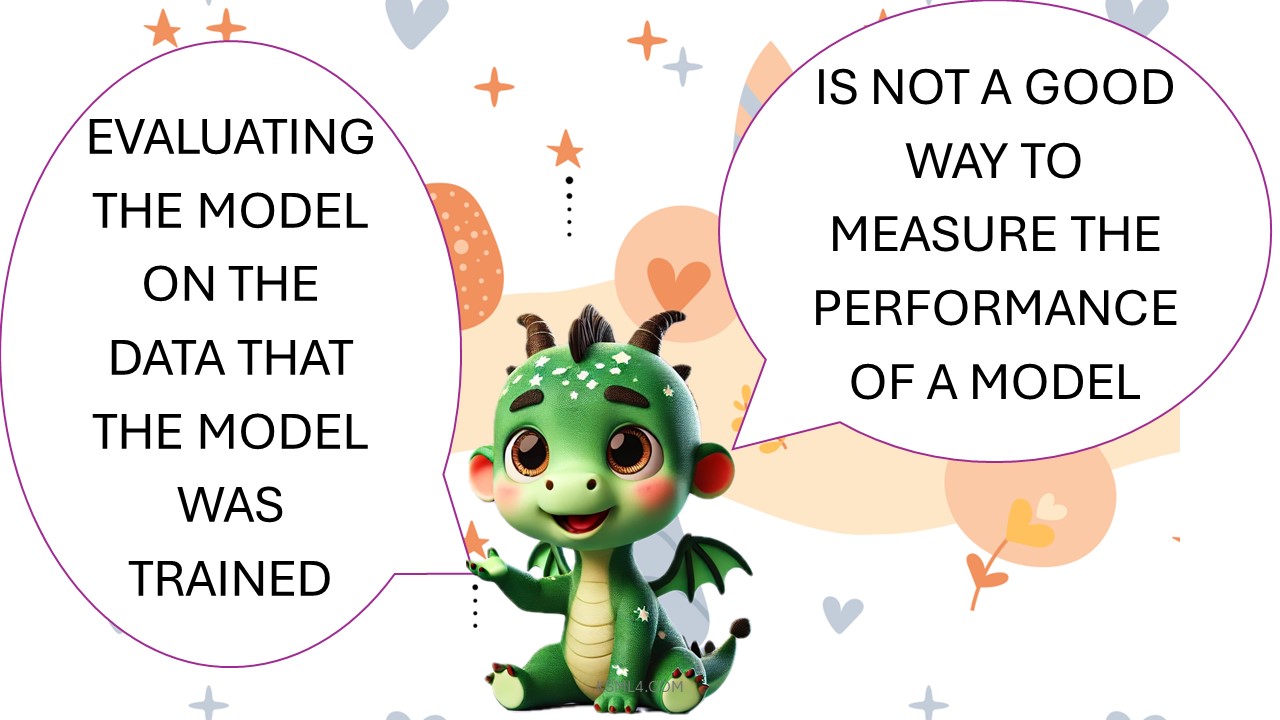Subscribe to get access
??Subscribe to read the rest of the comics, the fun you can’t miss ??
Forward selection starts with an empty set of features and gradually adds one feature at a time, while backward selection begins with all features and removes them iteratively. On the other hand, stepwise selection combines elements of both forward and backward methods by allowing features to be added or removed at each step. Each approach has its advantages and drawbacks, and a thorough comparison can provide valuable insights into which method is most suitable for a specific dataset or analysis.
Forward selection begins with no features and adds them one at a time, choosing those that improve model performance the most with each addition. It’s simple and computationally efficient but might miss the optimal feature set since it only adds features and doesn’t reconsider those already included.
Backward selection, in contrast, starts with all features and removes the least significant ones based on performance criteria. While it can refine the model more effectively by initially considering all features, it is computationally more intensive, particularly with many features.
Stepwise selection combines elements of both forward and backward approaches, iteratively adding or removing features to find the most optimal subset. It offers flexibility and can potentially yield a more refined feature set, but it can also be computationally demanding and might still miss the best subset if not carefully managed.
Discover more from Science Comics
Subscribe to get the latest posts sent to your email.
